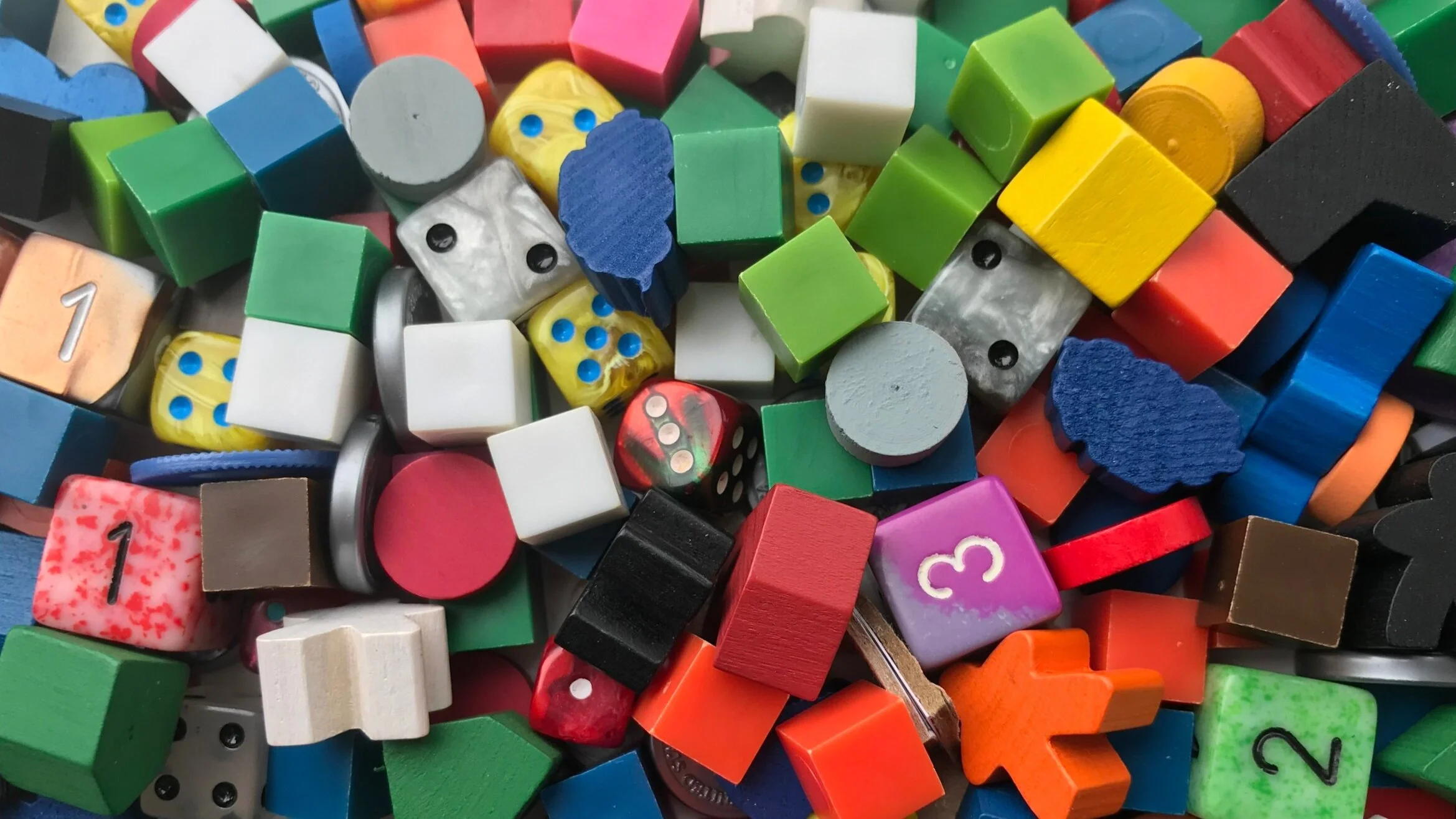Meaningful Decisions: Ben Rosset on Design Choices in Mars Needs Mechanics
/In our Meaningful Decisions series, we ask designers about the design choices they made while creating their games, and what lessons other designers can take away from those decisions.
In this edition, we talk with Ben Rosset, designer of the tight economics game Mars Needs Mechanics, about modeling real-world economics in games, sources of randomness, simplifying a design and more.
The way the prices of goods rise and fall in Mars Needs Mechanics is a function both of how recently they’ve been purchased (demand from players) and how frequently they turn up in the component deck (supply from the game). Are there pitfalls that designers of economic games should be aware of when modeling supply and demand? If the model diverges from real life, is that a flaw or can it be a design feature?
First, thanks for the questions! I think the biggest thing to be careful about when designing economics games is having a system with wild, chaotic price swings. Players need to have enough control that they feel like their decisions are meaningful and consequential. I think the model can certainly diverge from real life as long as it works in the game.
Are there examples, in your design or others, of economics that diverge from real-life models, and what makes them work?
I love realism because I think audiences can more deeply connect with it emotionally and learn to play faster and more intuitively. Brew Crafters [another design by Rosset] is not an economics game, but one of my design goals was to make it intensely thematic and realistic. I want the game to be fun, first and foremost, but I also want players to feel like they’ve learned a little bit about what it actually takes to brew beer and run a brewery. I know I’ve gotten right to where I want to be because even people that have no interest in beer (are not beer drinkers) tell me they have a lot of fun learning about the brewing process while playing Brew Crafters.
There are two main sources of uncertainty in Mars Needs Mechanics: game-controlled randomness from the component deck and player-controlled randomness from your opponents. How did you decide the proper balance for your game, and what hints can designers look for to determine the best source of uncertainty for their design?
The player-controlled randomness of what your opponents do is going to be a part of every game (unless you truly have a multi-player solitaire game where you aren’t affecting the other players). So be careful about designing too much more luck or randomness into the game beyond the effect your opponents are already having. Mars Needs Mechanics is interesting because it plays very differently at two players versus four players. In a two-player game, each player has much more control over what happens in the market. At four players, there is less. So I had to find that sweet spot where the game would still work well at both ends of the player count. It turned out that having eight cards in the market each round hit that spot really well. Seven just wasn’t enough, and at nine the rounds lasted so long that early round decisions became too meaningless. Eight was just right.
The mechanism cards were added to Mars Needs Mechanics after it was picked up by publisher Nevermore Games. The cards add variety and color to a very tight core game and open up new strategies. What should designers be aware of when deciding how much to trim from their designs? How to decide between elegance and color?
I say, “always go for elegance.” Find the core of your game, and take away everything else that doesn’t directly support that. That’s what I did with Mars Needs Mechanics. A 45-minute elegant game is always better than a 75-minute sloppy game that has a lot of color that doesn’t need to be there. I talked a lot more about simplifying your designs in this talk that I gave a couple months ago.
What are some key points designers should keep in mind when simplifying their games?
This is one of those “the most important thing is to remember the most important thing” answers. For new designers, the instinct is always to solve a problem by adding something to the game to balance it out. Ninety percent of the time the correct answer is to simplify the problem away. Take something out instead. Remembering to do that, though, is surprisingly difficult. So difficult that I’ve got a big sign above my desk reminding me to do it!
The other key point to remember is to design to get rid of exceptions. If you have 10 different types of cards in your game, and nine of them act the same way, but the 10th does something totally different, ask yourself if that’s really necessary. Because for every exception to the players’ learned expectation about how something should behave, the more mental energy they have to spend remembering that exception and the less mental energy they have for actually playing the game and having fun. I’m working on a new game right now that my co-designer and I are hoping falls into the “gateway game” category. We are evaluating every single mechanic, symbol, and rule to see if it’s really needed or if it can be simplified or just plain gotten rid of. It’s an integral part of the design process. If you’re designing something like a heavy euro, you have more leeway to have more rules complexity and exceptions, because your audience will be expecting that. But even in that case, less is still almost always more.










